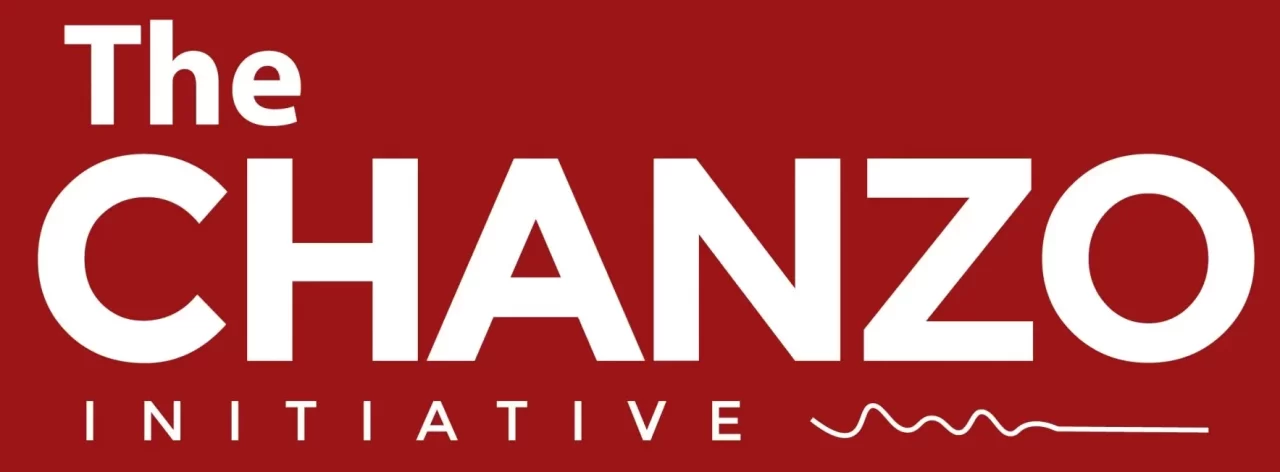Dar es Salaam. Good morning! The Chanzo is here with a rundown of major news stories reported in Tanzania on Wednesday, April 5, 2023.
Court releases former Hai DC Lengai ole Sabaya
The Moshi Resident Magistrate’s Court on Wednesday set free former Hai district commissioner Lengai Ole Sabaya, who was facing economic sabotage charges, ordering him not to commit a criminal offence for a duration of one year.
Four other people linked to the case – Sylvester Nyegu, Nathan Msuya, John Aweyo, and Antero Asey – were released in September 2022 after a successful plea bargaining deal.
Mr Sabaya and his co-accused were accused of threatening to disclose businessman Alex Swai’s tax evasion details, which enabled them to earn Sh50 million.
On Wednesday, when the case was brought for mention at the court, the prosecuting side, represented by the Senior State Attorney Verediana Mlenza, informed the court that the accused had already submitted the request to the Director of Public Prosecutions’ office to settle the matter outside the court.
After the submission, the court set Mr Sabaya free. The paper added that the court directed the former DC to pay Mr Elibariki Swai a total of Sh5 million as compensation since the latter was a victim of the incident.
Read our previous reporting here for a background in the case against the controversial former DC.
Marburg Virus Disease: UAE issues fresh warning against travelling to Tanzania
The United Arab Emirates (UAE) has issued a fresh advisory asking its citizens to avoid travelling to Tanzania and Equatorial Guinea unless necessary, the Emirates News Agency reported Wednesday.
It comes only two days after the Western Asian nation issued the warning following the outbreak of the Marburg Virus Disease in the two African countries.
“The Ministry of Health and Prevention (MoHAP) has urged the public to be aware of the virus causing Marburg haemorrhagic fever and to avoid travelling to Tanzania and Equatorial Guinea unless it’s necessary due to the recent spread of Marburg virus,” the Emirates News Agency reported.
“The Ministry has emphasised that all necessary precautions are being taken in accordance with international health standards to contain the virus in its current geographical scope. The situation in these countries is being closely monitored to determine the global severity of the disease,” it added.
The UAE health ministry further advised individuals to inform medical staff who have travelled to the affected areas where the Marburg virus is spreading and whether they have been in contact with infected individuals or exhibited symptoms for up to 21 days.
On March 21, 2023, Tanzania became the second African country after Equatorial Guinea to report the Marburg virus disease, whose symptoms included fever, vomiting, diarrhoea and bleeding through various body openings.
Cases of the disease have been reported from Kagera’s district of Bukoba, particularly in the villages of Bulinda and Butayaibega.
Eight cases of Marburg disease have been confirmed in Tanzania, which include the death of five people, four from the same family and one health worker.
As of March 21, three people are still under hospital care, two health workers and one member of the same family.
Completion of Kenya-Tanzania power interconnection project to delay, AfDB warns
African Development Bank (AfDB) has warned that the completion of the Kenya-Tanzania Power Interconnection Project is set to face delays, citing delays in the Kenya Electricity Transmission Company (KETRACO) to compensate families along the power line to Tanzania.
In its project review, AfDB said that KETRACO is yet to pay affected families US$486,426 in return, blocking the completion of works.
“The 400 kV transmission line portion from Isinya to Namanga Kenya-Tanzania border post is nearly complete apart from the stringing activities heavily slowed down due to the lack of adequate financial resources on the part of KETRACO for the compensation and resettlement of project affected persons,” the bank said.
“Both the Development Objective and Implementation Progress are satisfactory, although the completion and commissioning of the facilities are not expected until Quarter Four of 2023 due to the lack of adequate counterpart financing,” it added.
The Kenya-Tanzania Power Interconnection Project aims at improving the supply, reliability and affordability of electricity in the Eastern Africa region through cross-border exchanges of cheap and cleaner surplus power from neighbouring countries.
The US$309 million project involves the construction of a high voltage alternating current (HVAC) 400 kV transmission line (T-line) with a total length of 507.5 km, of which about 414.4 km are located in Tanzania and 93.1 km in Kenya.
In Tanzania, the project includes the construction of a 400 kV substation in Arusha and the extension of the existing Singida substation. In Kenya, the project does not involve any work related to substations. Indeed, the outgoing substation bay in Isinya is part of the existing Nairobi Reinforcement Project currently under construction.
The proposed interconnection line, to be connected to the Ethiopia-Kenya transmission system through the Isinya – Suswa 400 kV line, is part of the Eastern Africa Electricity Highway with a transfer capacity of 2,000 MW.
It will be the major link for power transfer between the Eastern Africa Power Pool and countries in the North, such as Sudan and Egypt. Ketraco has so far built 68 per cent of the line by the end of last year.
Govt vows to protect Mount Kilimanjaro from recurrent fire outbreaks
Minister of State in the Vice President’s Office responsible for Union and Environment, Selemani Jafo, said on Tuesday that the government has started taking measures to protect Mount Kilimanjaro.
He revealed the measures in parliament in response to a question from Same East MP (Chama cha Mapinduzi – CCM) Anne Kilango Malecela, who had wanted to know about measures being taken by the government to protect Mount Kilimanjaro from recurrent fire outbreaks.
Jafo said although the government has formed a team of experts to investigate the causes of the fire outbreaks, human activities, including setting fire to the mountain, were also to blame.
Deputy Minister in the Vice President’s Office responsible for Union and Environment Khamis Hamza Khamis said several institutions, including the University of Dar es Salaam, the Sokoine University of Agriculture (SUA) in Morogoro region and the Nelson Mandela African Institution of Science and Technology (NM-AIST) in Arusha region were involved in the investigation of the causes of fire outbreaks on the mountain.
In November 2022, a fire engulfed Kilimanjaro Mountain, Africa’s highest peak, which burned for almost two weeks before it was successfully put off by the Tanzania People’s Defence Forces (TPDF).
Authorities did not establish how the fire started, but it came two years after a blaze raged for a week in October 2020 across 95 sq km (37 sq miles).
This is it for today, and we hope you enjoyed our briefing. Please consider subscribing to our newsletter (see below) or following us on Twitter (here), or joining us on Telegram (here). And in case you have any questions or comments, please consider dropping a word to our editors at editor@thechanzo.com.




